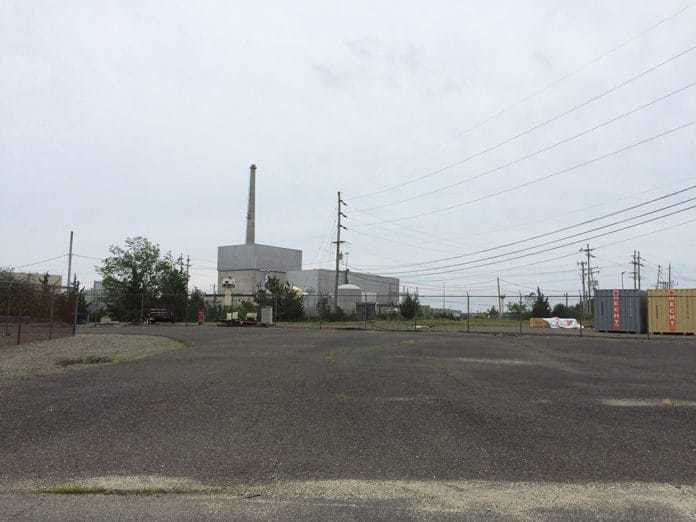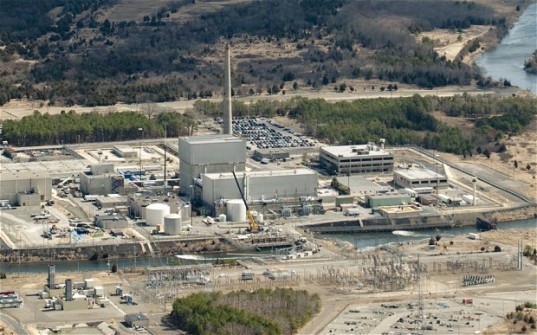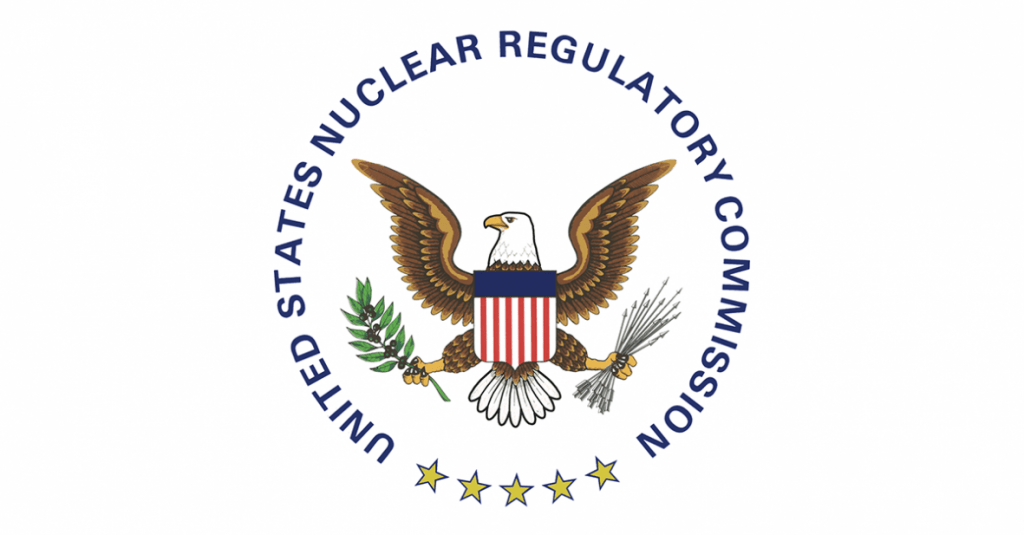
LACEY – The Nuclear Regulatory Commission (NRC) hosted an online webinar on July 2 for those interested in learning a little more about the decommissioning process that accompanies the closing of the Oyster Creek Generating Station. During the webinar, officials also announced that the date of closure for the station has been moved up yet again, to September 17, 2018.
The webinar took place at 1 p.m. using the downloadable GoToWebinar software. Listeners could call in to listen to official reports from members of the NRC including: Bruce Watson, Chief of the Reactor Decommissioning Branch, Ray Powell of the Division of Nuclear Materials Safety, Zahra Cruz, Project Manager, Briana DeBoer, Resident Inspector, and Neil Sheehan, Public Affairs Officer.
Powell began the webinar discussion by providing a brief history of the plant. The plant began operation on December 23, 1969. Following AmerGen’s application to the NRC for a 20-year license extension in July of 2005, the timeline is as follows:
- April 2009: NRC issued a 20 year license renewal to the plant
- January 2011: Exelon (who took control of AmerGen) notified the NRC of intent to permanently close the plant by December 31, 2019.
- February 2018: Exelon announced early closure by October 31, 2018
- July 2018: Exelon moves date of closure up to September 17, 2018.
While the decommissioning process has not begun yet, there are various steps that need to be taken first. Watson outlined these as gaining certifications of permanent cessation of operations and permanent removal of fuel from the reactor, as well as reviewing the PSDAR or the Post-Shutdown Decommissioning Activities Report (PSDAR).
The PSDAR was submitted to the NRC on May 21, 2018. It consists of a description of decommissioning activities planned for the plant, a “high-level schedule” of decommissioning activities, cost estimates, and environmental impacts. You can take a look at the PSDAR for yourself on the NRC website.
In the PSDAR, Exelon stated that the estimated total costs are approximately $1.4 billion. With $945 million already in its decommissioning fund, that amount continues to grow due to investment gains, stated officials.
Although the plant has the ability to begin decommissioning 90 days after the NRC receives the PSDAR, Watson noted during his presentation that Oyster Creek and the NRC “are not planning any decommissioning work in the near future.”
The entire process of decommissioning can take up to 60 years, and is defined as “the process of removing a reactor facility safely from operating mode to a permanent shutdown condition and reducing the residual radioactivity to a level that permits the release of the property for unrestricted use and termination of the license.”
Officials noted that there are two ways that this can be done: either DECON or SAFSTOR. DECON decommissioning is when equipment and structures are removed or decontaminated to a level that permits the desired unrestricted use for the property. SAFSTOR is when the plant is placed in a “safe, stable condition and maintained in this state until it is subsequently decontaminated,” to the desired level, according to the presentation. Oyster Creek will be utilizing the SAFSTOR method, which involves dry cask storage of radioactive materials on site.
Cruz stated during her presentation that the main principles of decommission are the protection of the plant, its employees, and the surrounding public.
The Decommissioning Timeline begins with the shutdown of operations and the submission of decommissioning plans, which can be seen in the PSDAR. The actual process of decommissioning happens in four steps: SAFSTOR, transferring the fuel to dry cask storage, decontamination, and then dismantling of the facility. The goal is to allow for the land to be reused, but this may not be viable until up to 60 years from the start of the process.

According to the webinar, Oyster Creek began decommissioning prep back in 2014.
Officials noted that there will be oversight and monitoring procedures in place throughout the decommissioning process.
“The State of New Jersey and the NRC have a long-standing Memorandum of Understanding allowing state representatives to observe NRC inspections. Thus, when the facility is eventually cleaned-up, they could elect to observe final NRC closeout radiological surveys,” stated NRC officials in response to questions posed during the webinar.
One of the major concerns for residents with all of these proceedings is what will happen to the spent fuel? How can we get rid of it safely?
Well, Cruz noted that fuel will be removed from the spent fuel pool and stored on-site in dry cask storage systems. These are metal casks that the spent fuel gets stored in that then gets welded up and placed in concrete casks. NRC officials will come out and inspect these regularly.
It takes a few years for spent fuel to cool before it can be transferred into the cask, according to Watson.
Cruz also explained that all safety and security measures in place will remain in place until the fuel is removed from the plant site.
The NRC plans to keep the public in the loop with public hearings on the decommissioning process. The next meeting will take place on July 17 at the Community Hall in Lacey Township to discuss the PSDAR.







